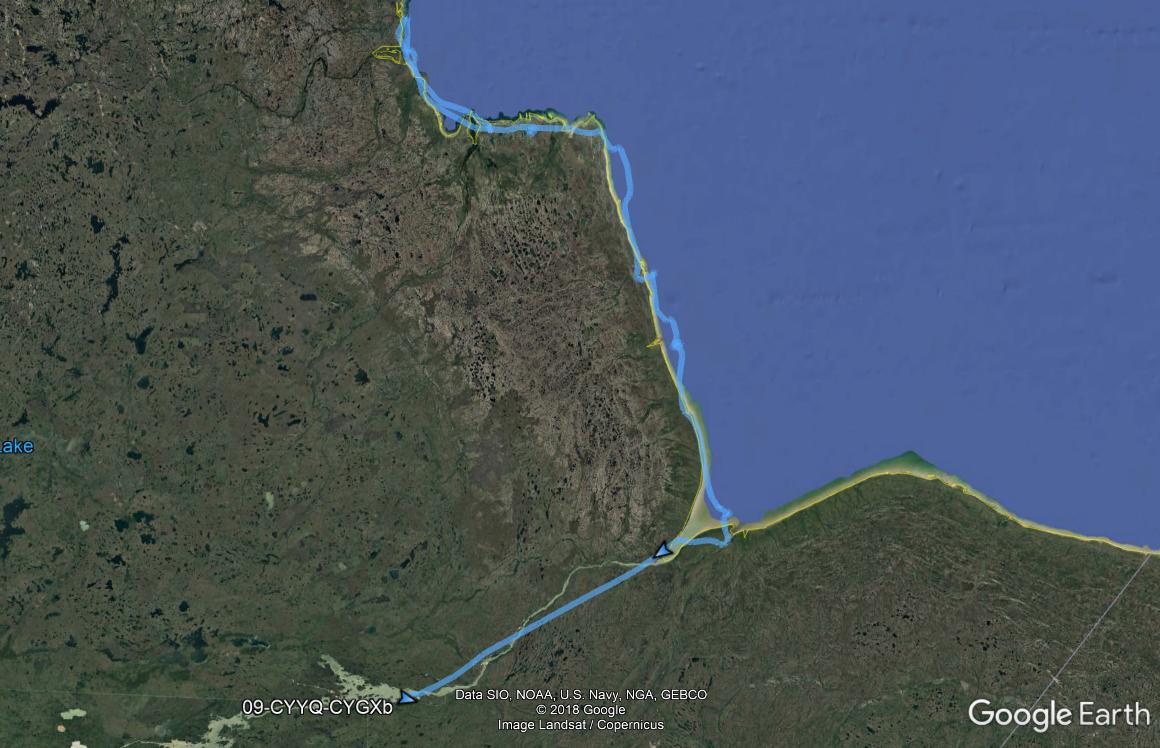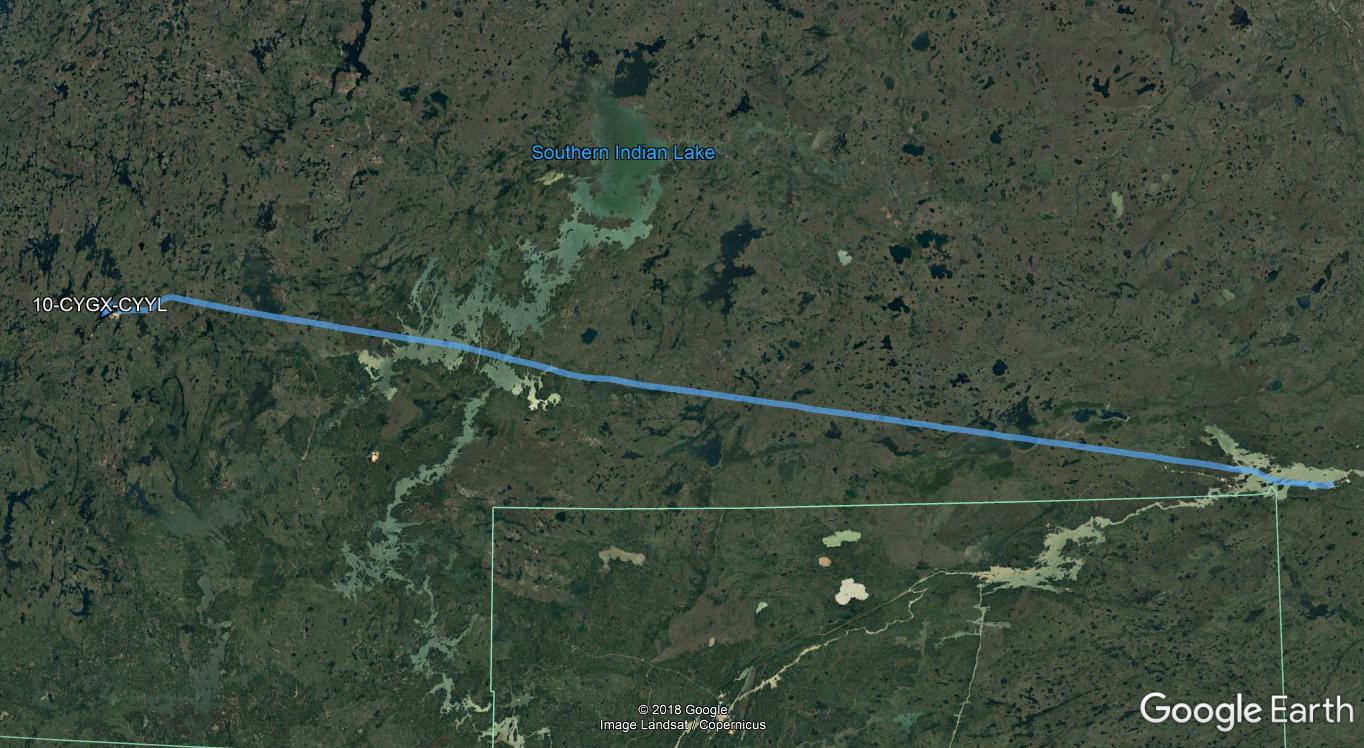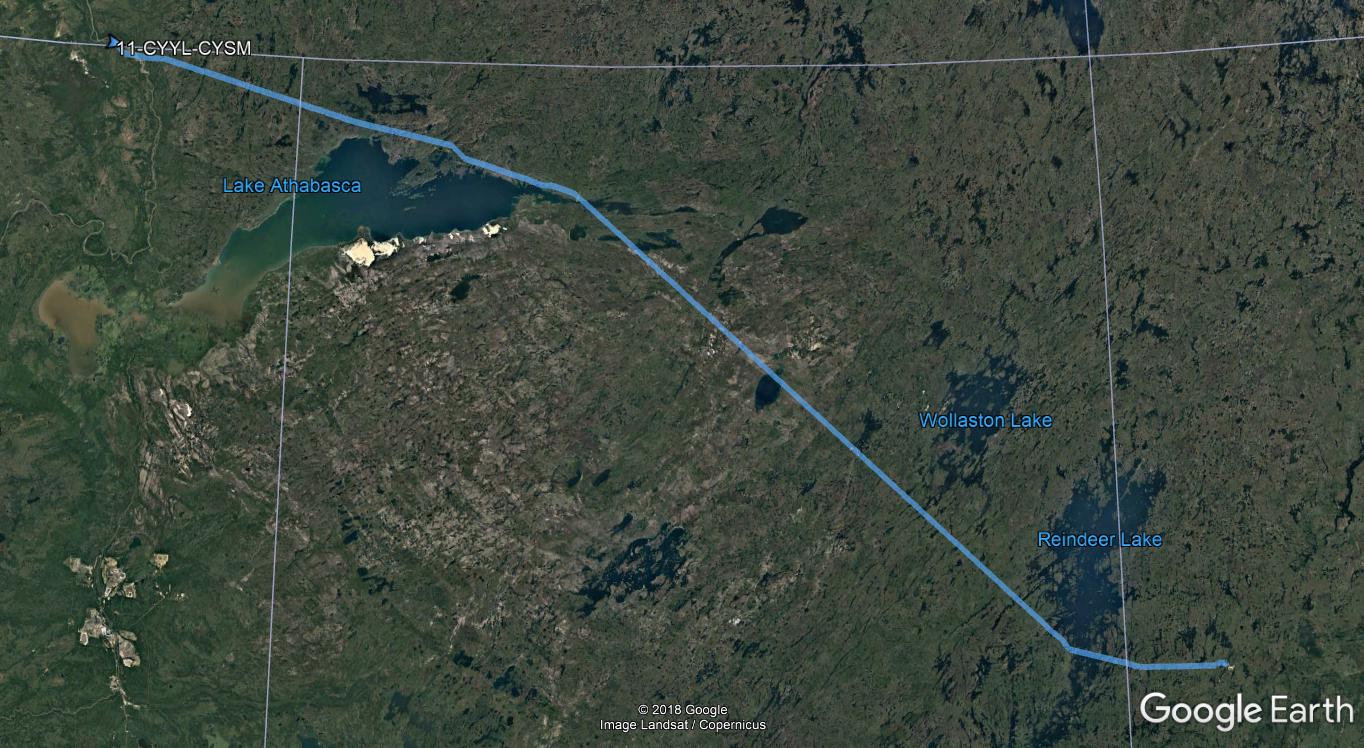During the drive from the airport into town, my shuttle driver pointed out the artwork on several buildings. In the summer of 2017, the Sea Walls Churchill project commissioned a number of murals around town to promote arctic and ocean conservation. They definitely add to the character of the town.
I wasted no time jumping on a zodiac boat tour of the Churchill River estuary where the beluga whales congregate in the early summer. We were pretty much surrounded by belugas the whole time! It was quite the experience, so a few days later I went out again on a kayak. While that was another great experience, the belugas paid the most attention to me in the first few minutes while I was still trying to get the hang of the kayak. By the time I knew what I was doing, they seemed to prefer keep away.
Until recently, it was even possible to go swimming or snorkeling around the whales, but new regulations have put an end to that.
The next day, I walked out to Cape Merry north of town. There are lots of warnings (mostly directed to tourists) not to roam the area on foot, due to the risk of polar bear encounters, but they hadn't yet come ashore yet for the summer. Out among the rocks was a pair of rather distinctive chairs. I didn't learn the red Adirondack (Muskoka) chairs were a thing in Canadian National Parks and Historical Sites until later. They were installed at about 100 parks across Canada for its 150th anniversary a couple years ago.
| Lots of murals in town | Belugas! | Cape Merry |
|
|
|
|
Among the points of interest scattered on the outskirts of town: The wreck of "Miss Piggy", a C-46 cargo plane so named for a reputation of carrying heavy loads (including pigs); the Golf Balls, an abandoned radar site once used for tracking rockets from the nearby range; and the wreck of the Ithaka, a freighter that ran aground during a storm in 1960.
Note that despite most popular references to the ship being spelled with a "c" (Ithaca), its Wikipedia entry is spelled with a "k". The ship belonged to the Ithaka Trading Company, and is listed in a historical database with the "k" spelling, so it seems likely that is correct.
| Miss Piggy | The Golf Balls | The Ithaka |
|
|
|
|
I also took the first summer Tundra Buggy tour of the season. We saw some caribou and a variety of birds, but alas, no polar bears yet (which is a good thing for them - they hunt almost exclusively from sea ice, and generally fast while on land during the summer/fall). With only one buggy and only 4 of us on it, we got a taste of solitude out on the tundra. I tried to imagine high season with the polar bears - 18 buggies are permitted to operate with 40 people each.
July 1 is Canada Day. It's considered Canada's birthday, when Canada was formed as a Dominion within the British Empire on July 1, 1867. However, full sovereignty did not come until 1982. Canada Day is celebrated similar to Independence Day in the US, with parades, fireworks, etc. The fireworks in Churchill came necessarily late at 11p, given that the sun didn't set until 10:30.
About a 30 minute drive out of town is the Churchill Northern Studies Centre, a research and educational field station. It's located at the site of the former Churchill Rocket Research Range, which was used from the mid-1950's through the 1980's for suborbital launches of sounding rockets for atmospheric and auroral research. A private company tried unsuccessfully to establish a commercial spaceport there in the 1990's.
| A tundra buggy | Caribou | The other way to get to Churchill |
|
|
|
|
| Churchill Rocket Research Range | Pacific Loon family | Polar Bear "jail" |
|
|
|
|



While I had to wait for some low clouds to clear, it turned out that the day I left Churchill was the best weather day of the entire week I was there. I was very tempted to extend my stay a little, but it would complicate the hotel and car arrangements I had lined up for the next few days, so I stuck to my plan. The nice weather did allow me to do an extended scenic flight on my way back to Gillam for fuel. I first went north to the Seal River Lodge, then out around Cape Churchill and south to the York Factory before turing west for Gillam. I'd hoped to find a polar bear from the air, but alas, no luck. I did spot another pair of the red Adirondack chairs at York Factory.
| Churchill Airport | Churchill |
Lots of belugas! Hudson Bay near Owl River |
|
|
|
|
| York Factory | Boland Lake and an esker | Final approach at Fort Smith |
|
|
|
|
I stopped in Lynn Lake for fuel, and the attendant there invited me to join him for dinner at the one little restaurant in town. He gave me a short tour around the town, which was once an active mining community. The mining operations shut down a couple decades ago, and the town has been dwindling since then. The airport itself has had some funding issues, but is being maintained as a critical fuel stop for many flight operators headed further north. It's also a hub for a variety of hunting and fishing outfitters.
There's a C$30 landing fee at Lynn Lake, but the low fuel price offsets that.
Then it was on to Fort Smith. There was still plenty of daylight left during the long northern summer days (sunset was 10:48p). As the shadows got longer I passed over a seemingly endless series of lakes and forests, with only an occasional road or settlement. Eskers and the elongated form of many of the lakes provided evidence of past glaciation.